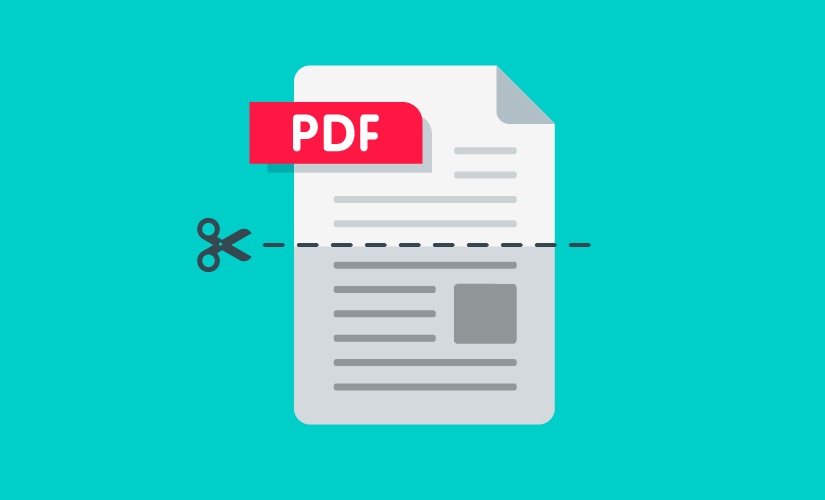If you are an office worker who wants to keep up with the changing times, one of the many skills you need to acquire is PDF editing. There’s not much work volume for this kind of thing, but you’d be surprised how many times in a month you’ll come across PDF files. That’s because PDF is the standard file format for printer-ready documents. From company memos to letters for publication, PDF is the format that’s favored by almost everyone.
The reason for that lies because PDF, or portable document format, is harder to reformat than word processing files like Word and Pages, or presentation files like PowerPoint and Keynote. In this article, we’ve rounded up four of the best tricks anyone can use when splitting PDFs:
Use a browser-based web application
Sometimes, you will be away from your work computer and will need to do a PDF split on the fly. When this happens, a great trick to remember is that you can do the splitting online with browser-based web applications. PDFBear, for example, has a suite of PDF editing applications you can use for specific edits.
What’s great about web applications is that you don’t have to be in front of your work computer to do the edit. In fact, wherever you are in the world. You can do it easily, provided you have any device that has a browser in it and an Internet connection. Gone are the days when productivity depends on how much time you have sitting in your office because, with browser-based applications, you can just easily split a PDF on the go.
Save the split PDF as another file
While this should be obvious, most people, whether they’re converting online or with the standalone software, always fail to save the split file as one separate file. Don’t think that once you go to the motions of splitting a PDF that it automatically saves the file as a new one. You have to explicitly command the application you are using to create a separate file for downloading after.
Highlighting is key
It’s common knowledge that when you want to split a PDF, or just separate pages from it, highlighting the pages you want to split is a nifty trick, especially when you are working with files that are longer than 50 pages. But to piggyback off that trick, a more streamlined way to do the highlighting trick is first accessing the PDF’s thumbnails.
From there, start highlighting the pages you want to separate. These pages will form the new file and should not be split from the original PDF itself. Mark the distinction so you get the best of both worlds. After splitting, you should have a new, separate file, with the original file still intact. Highlighting the pages before splitting also saves you time, which focuses on your job’s core functions.
To make sure that you are uploading to secure online web applications, check their SSL certificate
Browser-based web applications are the future in PDF editing. They are enjoying quite a surge in usage now more than ever, but remember using these online repositories will always have a drawback. One of which is compromised privacy and security. To know whether your favorite online PDF editor secure files, check their SSL certificate.
Takeaway
While most web-based PDF splitting applications are generally safe to use, there are still unscrupulous sites that will save and store the data you upload. As a precautionary measure, never upload a confidential file into online applications. Or when you do, make sure that they have password protection and encryption. This way, you won’t have to worry about a serious breach of data and privacy.





